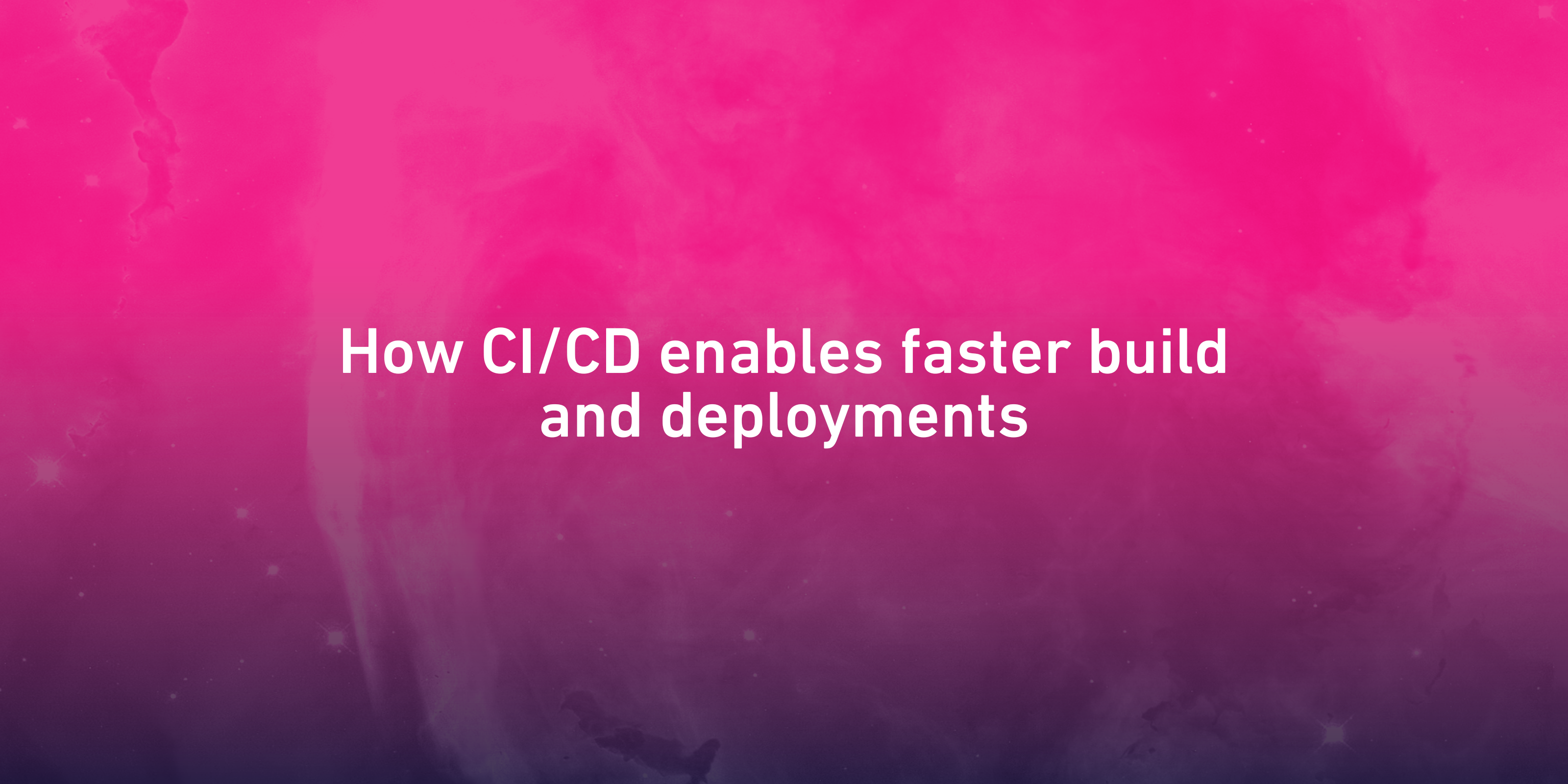Continuous integration (CI) and continuous delivery (CD) is a set of operating principles for agile development, testing, and delivery of code. The implementation is also known as the CI/CD pipeline and it's one of the best practices for DevOps teams to implement for delivering code changes more frequently and reliably. Let's touch on what's included in a CI/CD pipeline, and how it can enable faster build and deployments.
The CI component of CI/CD is the process of automating the build and testing of code every time a software developer implements small changes to version control. CI encourages individual developers to merge all of their code and changes to one central branch multiple times a day to avoid conflicts in the code in the future. The goal is to have multiple developers on a project to ensure the main branch has the most up-to-date form of the source code, so each developer can check out or pull from the latest code to avoid conflicts. CI emerged as a best practice because many software developers were working in silos, and needed to integrate their changes with the rest of their team's code base. It could take days or even weeks for developers to integrate code which resulted in duplicate work and more bugs that slowed down development. By integrating regularly, teams can avoid these problems.
The CD component of CI/CD picks up where continuous integration ends. CD automates the delivery of applications to selected infrastructure environments so developers can release new changes to customers quickly and in a sustainable way. Most teams work with multiple environments other than the production, such as development and testing, and CD ensures there is an automated way to push code changes to them. This doesn't mean the code or project is 100% complete, but the feature sets that are available are vetted, tested, dubugged, and ready to deploy. In today's world where organizations are competing on the digital experience front to engage and acquire customers, you can't afford to release a bug-riddled code or project. Continuous delivery in a small build cycle with short sprints allows for quicker turnaround times to find bugs, fix them, and create a more stable code base early on.
A mature CI/CD practice has the option of implementing continuous deployment. With this practice, every change that runs through the CI/CD pipeline is released to your customers automatically. This practice works well in enterprise environments where you plan to use the user as the actual tester and it can be quicker to release. Conversely, there are business cases in which IT must wait for a feature to go live, making continuous deployment impractical.



